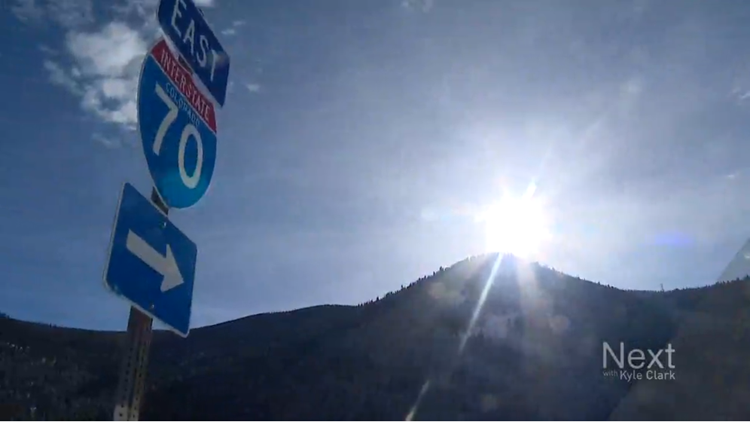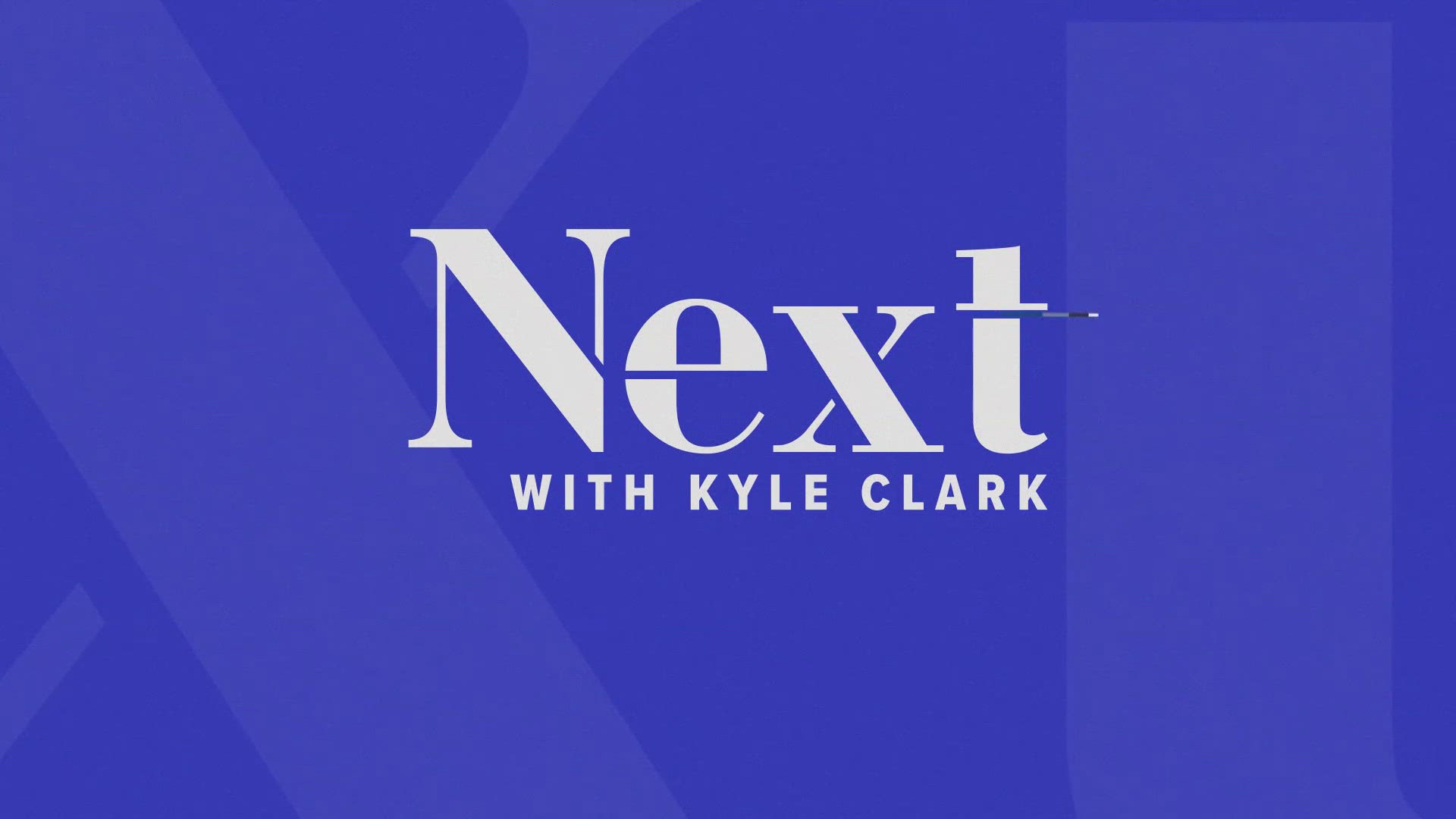DENVER — Coloradans love to grumble about driving. Roads seem to become more crowded every year, even every month. That means more time spent in the car – commuting to work, taking the kids to soccer, or heading to the mountains – when we would rather be doing something else.
Lawmakers required the Colorado Department of Transportation to provide an update on tolled express lanes. Monday, at an off-session committee meeting to discuss future transportation legislation, lawmakers heard why CDOT defends the use of tolled express lanes.
"Without express lanes, we wouldn't have been able to finance as many projects as we have in the last five years," said CDOT's Highway Performance Transportation Enterprise Director David Spector. "Unlike tolled roads, express lanes are not a route-based choice, these are a lane-based choice."
He makes the distinction that express lanes are lanes that drivers have a choice to use or continue to use a free lane, unlike E-470 and the Northwest Parkway, which are tolled highways to use a certain route faster.
Colorado highways have about 72 miles of operational express lanes, and another 132 miles are under development. Colorado is ranked sixth nationally in operational express lanes. So, are Colorado drivers benefiting, or are the gripes about traffic and commuting justified? And is it worth it to pay the tolls?
Traffic times and volume
The High Performance Transportation Enterprise, an agency within the Colorado Department of Transportation, plans and arranges financing for state highway projects as part of its mission to upgrade and improve Colorado’s managed-lane infrastructure. HPTE’s presentation, a report card of sorts, touted how traffic travel times and speeds have improved for all lanes of traffic on several managed-lane projects across the Front Range.
For one project, I-25 between US 36 and 20th Street in Denver, HPTE data showed 18,537 southbound vehicles used the road during morning rush hour. 5,156 vehicles, or 28 percent of the traffic, traveled in the express lane on that stretch of road during the morning peak.
During afternoon rush hour, northbound traffic was 13,008 vehicles. 4,029 vehicles, or 31 percent of traffic, used express lanes during that period, according to the HPTE.
During these peak travel times, 95 percent of vehicles using Express Lanes generated toll revenue.
But drivers are likely to care more about travel times and speed, than the number of vehicles on the road. The HPTE presentation showed that Express Lane speeds on the stretch of I-25 between US 36 and 20th Street were faster than speeds in general purpose lanes.
Southbound traffic during the morning peak was six-to-16 mph faster in Express Lanes. Northbound traffic in Express Lanes was nine-to-20 mph faster than driving in general purpose lanes.
Despite demonstrating that Express Lane travel is faster than general purpose travel, HPTE data show that 53 percent of respondents support an express lane. One-in-five drivers oppose it, and of half of those people opposed it because they don't want to pay a toll or fee on the South I-25 express lane project.
Managed-lane project financing
Spector explained to legislators how Express Lane revenues are being leveraged to help finance several managed-lane projects across the Front Range.
Spector told legislators that Express Lanes in Colorado are projected to generate $1.27 billion in revenue. These revenues will allow the state to borrow funds for capital construction projects and repay loans and bonds on projects.
Express Lane revenue also helps attract federal funding for infrastructure projects. “Toll express lanes increase Colorado’s competitiveness for federal grants,” Spector said. “Grant applications for projects that raise revenue directly” – tolls and express lanes fees – “are given priority” and the U.S. Department of Transportation.
Spector told legislators that five of seven state highway grants, at the CDOT or local level, awarded in Colorado by the Federal Highway Administration, received funding because they were express lane projects.
Spector said that Colorado has been able to pursue more highway projects that it could otherwise, because of the leveraging power of express lane revenue. “Instead of delivering eight projects in five years totaling $3 billion in project value,” Spector said, “without managed lane financing, CDOT would have been able to deliver one or possibly two of the projects, with a value of well under a billion dollars. Toll express lanes simply help accelerate project delivery.”
“Without managed lanes, the state of Colorado would have had to have found an additional $1.27 billion in the couch cushions or our change cup. If we could not have come up with the funds, the projects would have been significantly delayed, scope would have been significantly reduced, or money would have had to have been reallocated and taken from other projects around the state.”
Driver complaints
Several lawmakers wanted answers to take back to constituents.
"Everyone who emails me never had a voice in saying whether or not an express lane, a toll road, would be to their liking," said Sen. Vicki Marble, R-Fort Collins. "How can we actually go back with a smile and tell these people that these toll roads are reasonable?"
"It is my conviction, that it is, in fact, the expanded capacity that is improving travel times, not the fact that the extra lane, that new capacity, has, in fact, been managed or tolled or put a fee on to travel," said Rep. Paul Lundeen, R-Monument.
Spector pointed to I-25 and the TREX project as proof that express lanes are what works. At the start of the century, CDOT reconstructed I-25 from I-225 to Broadway, adding light rail along the interstate, and adding a free additional lane in each direction.
"When that first opened, it was free flow again," said Spector. "Now, 10 years later, we're all stuck in traffic again on I-25, and that project has done exactly what it was supposed to do, but had that been a tolled express lane, Rep. Lundeen, we still today would be able to actively manage that corridor to maintain a reliable travel time from point to point."
Spector means that the inside lane would be priced at a cost that would keep the lane moving at speed limit speeds, while those who chose not to pay would have to fight for space in the remaining lanes.



